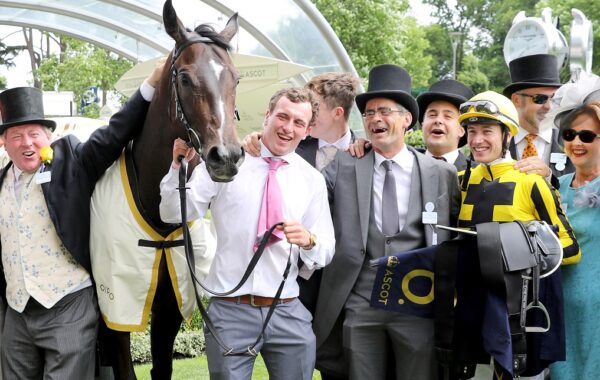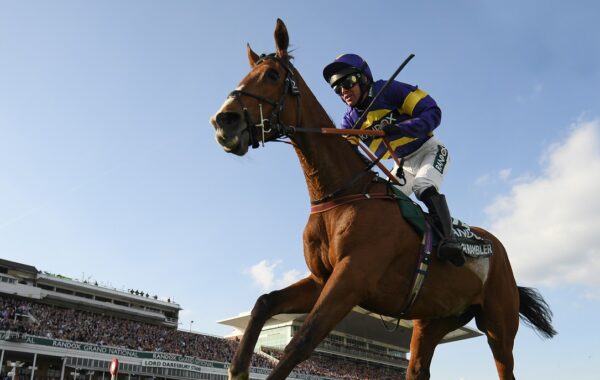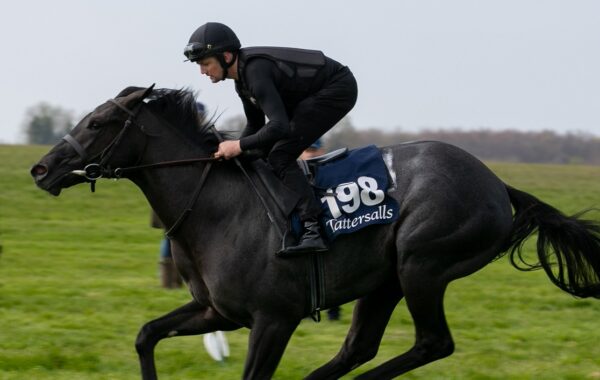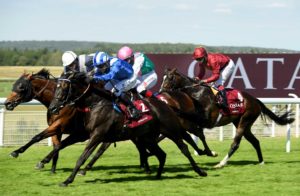Racing’s steps to get the sport back on track following the coronavirus pandemic have been unveiled in a nine-point recovery plan put together by industry leaders.
Published on Tuesday, the plan places an emphasis on retaining owners and key investors as well as attracting customers to racecourses when it is deemed safe for the public to attend elite sporting events.
Among the other key goals detailed by industry leaders include putting in place a fixture list for 2021 that will seek to maximise prize-money within the financial restraints faced by participants and calling for immediate reforms to the Levy so Britain is on a level playing field with other European racing nations after Brexit.
A continuing emphasis on the wellbeing and welfare of people who work in racing is set to continue along with a Racing Relief Fund that has been set up to provide financial support to prevent equine welfare issues emerging. Details of the Racing Relief Fund will be published in the next few weeks.
The nine goals of the recovery plan are:
- To secure a full resumption of raceday activity, with the best possible ownership and spectator experience, and the maximum attendance possible
- To maintain the health and safety of participants, staff and all those attending raceday meetings by continuing the safe return of racing and adherence to strict controls on social distancing
- To put in place a fixture list and race programme for 2021 that balances increasing revenues with the wellbeing of participants and staff and takes account of the horse population
- To reduce the industry’s cost-base and be agile where new opportunities to increase revenue can be seized and mitigate the impact of recessions, including the pursuit of immediate Levy reform
- To seek to maximise prize-money for 2021 balanced against the financial constraints of stakes holders and the sport’s projected revenues, through new commercial agreements between racecourses and horsemen
- To agree a spending plan for central funds that best supports racing’s recovery
- To retain key investors, including existing owners, and reform rules for syndicates and clubs to protect members and increase their appeal to potential owners
- To present a safe, high-quality and consistent offer to race-day and betting customers based on a thorough understanding of their changing needs and behaviours due to Covid.
- To put in place foundations for a longer-term sustainable recovery for British racing
Work on the nine goals are being coordinated through racing’s industry Covid group, which has been meeting weekly since June, and all the workstreams outlined in the recovery plan
Nick Rust, Chief Executive of the BHA, said: “It’s very important that this plan has been agreed by leaders from all parts of the racing industry. We know from the way we prepared to resume racing in June that working together works.
“The commitment shown by leaders in signing up to this recovery plan demonstrates a continued willingness to maintain a unified approach through the tough battles ahead.”
Charlie Liverton, Chief Executive of the Racehorse Owners Association, added: “This new recovery plan goes further towards protecting the long-term future of our sport and formalising collaboration between the stakeholders during this difficult time.
“It is imperative that we focus on the vital drivers that keep our sport going and growing – retraining owners and maximising the sport’s revenues. There is a lot to be done but I am confident that, working together, we can deliver this vital work for participants across the industry.”






